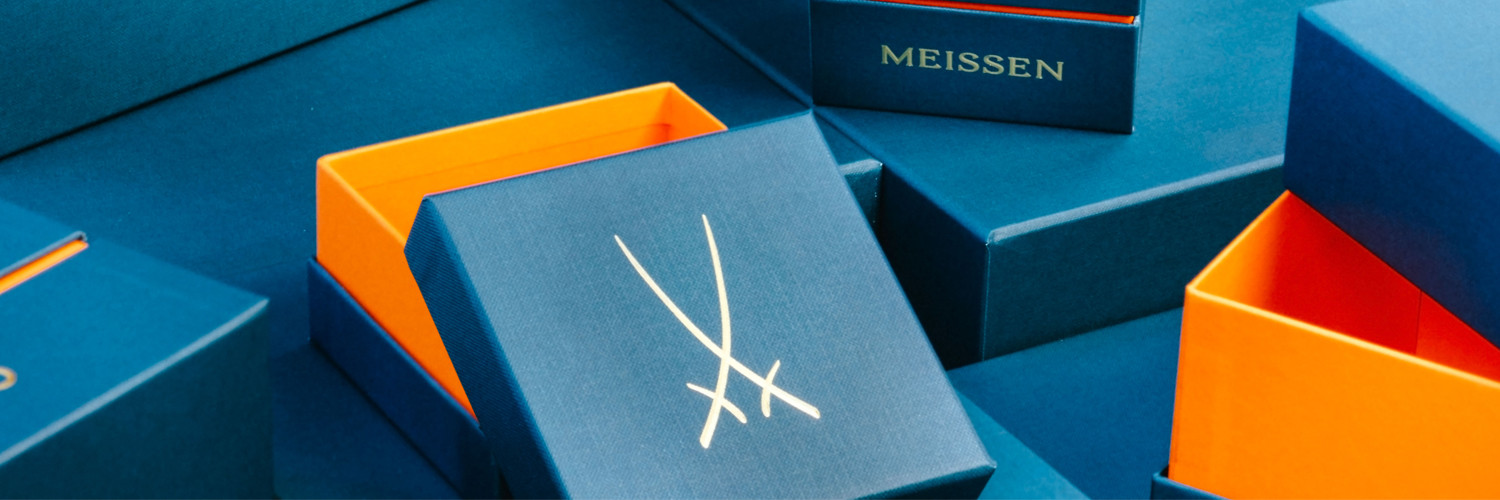Animal sculpture has constituted one of MEISSEN's great artistic achievements ever since the days of master modeller Johann Joachim Kaendler (1706-1775), the figurines produced often taking the potential for working porcelain to the very limit. Max Esser (1885-1945), one of the most important plastic artists and animal sculptors from the early 20th century, continued in the great Kaendler's tradition, but instilled his figurines with a completely new momentum. To mark Esser's 140th birthday in 2025, MEISSEN is now reissuing a work of his from 1938. In contrast to figurines such as the famous "Seagull", Esser did not depict his graceful pheasant in motion. Instead, he devoted himself entirely to a detailed rendition of the animal's eyes and the way it holds its head. The bird attentively observes its surroundings, its wings folded, in a state of apparent calm and relaxation. Rendered the pheasant entirely in the white and mounting it on a black base helps bring its inherent nature out to the full. Esser ran his own studio at the manufactory from 1919 and took charge of the master studio in 1923. He was very fond of depicting animals in a somewhat stylised manner. His work is to a large extent defined by the competing spheres of decorative and naturalistic depiction, of curvilinear surfaces and realistically elaborated detail with the aid of which he immortalises a moment in a given animal's life.


